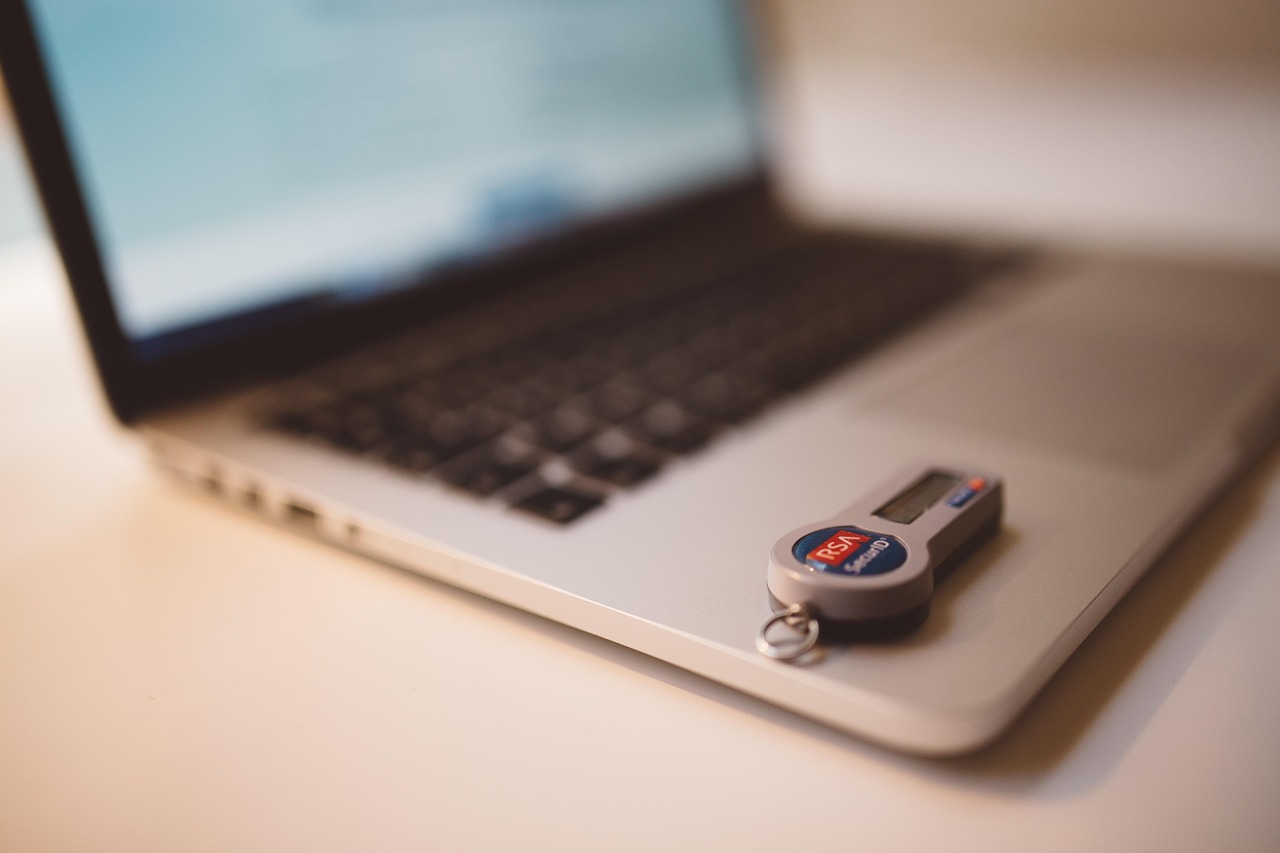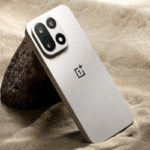What Does Digital ID entails and what is UK and Apple Saying About it

What Is Digital ID?
Digital ID (or digital identity) is basically your identity but in a digital form. It is like a kind of personal info you carry around in your passport or driver’s license (like your name, date of birth, maybe a photo), but stored securely on your phone. The UK government describes it as a “digital representation of your identity information … like your name and age.”
Instead of fumbling through paper documents, you could prove who you are just by tapping your phone or sharing a credential. This is because your data has been stored on computer systems whether an individual, organization, or even application.
And the cool part? You can limit exactly what you share. Need to prove you’re over 18? You might be able to send just a “yes” not your full date of birth.
How Does Digital ID Work?
Here’s how it works:
- Verification: First, you verify your identity. That means taking a photo of a physical ID, whether passport or driver’s license and uploading it. Then, you use your phone to scan any embedded chip (if your document has one).
- Selfie and Liveness Test: To make sure it’s really you, the system might ask for a selfie or video. Some systems ask for you to move your head around side to side, up and down to prevent fraud.
- Credential Storage: Once verified, a “credential” is stored on your device. In the UK’s planned system, these digital credentials live on your smartphone not in a huge central database.
- Sharing When Needed: When someone (say, a landlord, or an app) needs to check who you are, they request some piece of info (like age or name). You choose what to share, review it, and approve before handing anything over.
- Security & Control: Everything is encrypted. Your data doesn’t go to Apple or the government every time, it’s stored on your device. If your phone is lost, credentials can be revoked and reissued.
Why Is the UK Talking About It
The UK government is pushing a national digital ID scheme, which they say will make life easier and more secure. It will verify identity for public services, proving your right to work, age checks, and more. The plan is to introduce the scheme by 2029 and it will be a means to reduce irregular working and serves as checks on immigration. Prime Minister Sir Keir Starmer promised that it “will have security at its core”.
Despite these, many are still raising eyebrows with lot of concerns brimming at the top of their minds:
- Security Risks: Some cyber-experts warn that collecting all this identity data makes a “giant target” for hackers. Professor Alan Woodward, for example, said that a centralized or even cross-referenced database “is painting a huge target … ‘come and hack me.’”
- Privacy Concerns: Civil liberty groups fear the system could evolve into a surveillance monster. “A single and unique ‘digital identity’ … would remove much of the individual’s agency in managing their data,” warns Liberty.
- Inclusion / Exclusion: Not everyone has a smartphone. Not everyone feels confident using digital tech. According to research, millions of UK adults either don’t own a smartphone or lack the digital skills to manage one well. If proving your right to work or access services depends on a phone-based ID, that could leave people behind.
- Loss of Control: Some critics worry about “function creep”, that the digital ID will be slowly repurposed for more checks than originally promised.
- Political Pushback: The idea isn’t sitting well with everyone. In Northern Ireland, for example, Sinn Féin described the plan (nicknamed “Britcard” by some) as an “attack” on the Good Friday Agreement.
What’s Going On with Apple’s Digital ID for the U.S.:
Meanwhile, across the Atlantic, Apple has just rolled out a Digital ID feature in Apple Wallet but it’s not quite what you’d call a full national ID.
Here’s how Apple’s version works:
- You can use your U.S. passport to create a digital ID in Wallet.
- To set it up: scan the physical passport (photo page), read the embedded chip, take a selfie, do a “liveness” head-movement test and that’s all.
- When you’re at a TSA checkpoint in a U.S. airport (domestic travel), you can present the digital ID from your iPhone or Apple Watch.
- You don’t have to unlock your phone or hand it over, you just double-click, tap to open the ID, review what info is being asked for, then authenticate with Face ID or Touch ID.
- Apple says your passport data is encrypted and stored locally. They also claim they can’t see when or where you’re showing your ID.
- Right now, this digital passport ID is not a replacement for your physical one, especially not for international travel.
- Apple hints at future use cases: age verification in apps, online services, in-person verifications beyond TSA.
- According to Apple’s Jennifer Bailey, this is a big step in “expand[ing] the ways users can store and present their identity — all with the security and privacy built into iPhone and Apple Watch.”
There are also concerns, from privacy watchers, that Apple is acting as the “issuing authority” here, not the U.S. government. On Reddit, users pointed out:
“Apple … is the issuing authority for Digital IDs … Apple will collect … information about your Live Photo … device location … to determine whether to issue your Digital ID … and for fraud prevention purposes.”
Which raises a lot of the same questions people have about control, data usage, and how much trust you’re putting in Apple.
Why Digital ID Matters
So why are governments and tech companies pushing so hard for digital IDs now?
- Convenience: No more hauling around multiple physical IDs, waiting days for verification, or scanning endless documents.
- Fraud Reduction: If done right, it should be harder to fake identity. Digital ID systems often involve strong verification, liveness checks, and encrypted storage.
- Efficiency: For both public and private services, having a trusted way to verify identity can save time and money.
- Privacy Potential: Paradoxically, digital ID can improve privacy if it’s designed to minimize data shared (e.g. only “yes/no” to age) and put control in users’ hands
- Inclusion of Services: For the UK, the government argues it will make accessing public services benefits, childcare, voting more seamless.
Questions We Should All Ask
If digital ID becomes the new normal, we need to keep some really honest conversations. Here are some of the key questions:
- Who controls the data? Is it really you who decides what to share, or do big tech and government end up having more control than they let on?
- What happens when something goes wrong? If someone hacks the system, or your digital credentials are compromised, what protections are there?
- Is it inclusive? What about people without smartphones, or those who’re not tech-savvy? Are they left out?
- Will it stay voluntary? Digital ID systems can start optional but if they become required for work, travel, or essential services, what does that mean for people who don’t opt in?
- Are there accountability checks? Who audits these systems? How much transparency is there in the design, data retention, and usage policies?
Final Thoughts
Digital ID is powerful. It could make things smoother, safer, more private or it could raise serious risks around surveillance, exclusion, and control. Right now, the direction we go will matter a lot.
In the UK, the push is on toward a mandatory digital ID tied to people’s right to work and access services and not everyone is thrilled about it. On the other hand, Apple’s rollout in the U.S. feels more incremental, more optional but still raises the question: how much trust are we putting in companies to guard our most personal information?
One thing’s for sure: digital IDs aren’t just a tech upgrade. They’re a shift in how identity works in our lives and that’s something worth thinking about very carefully.




